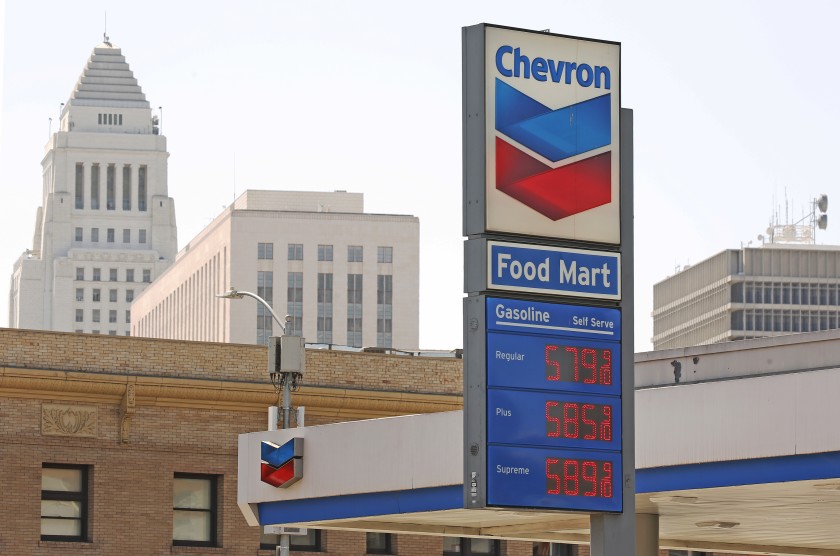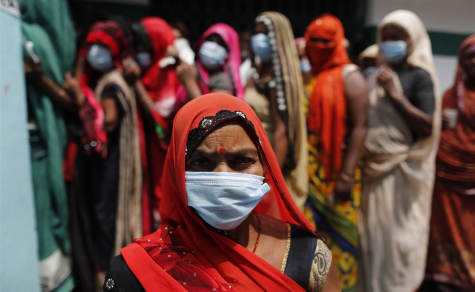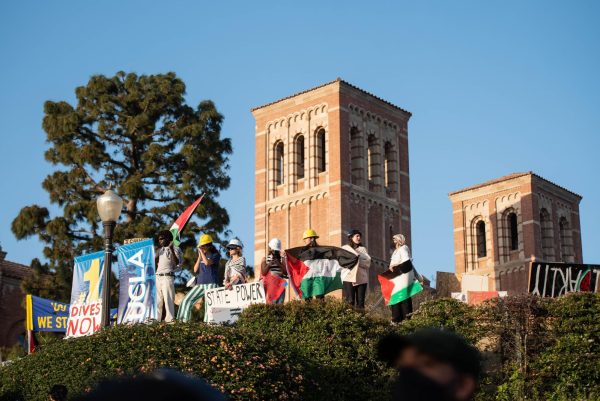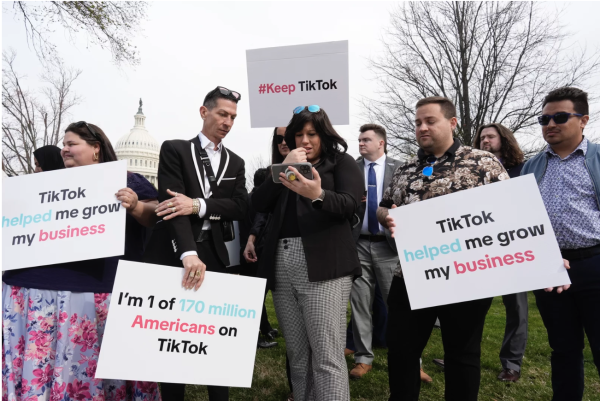Deciphering California’s Gas Prices
Newsom Demands Investigation into Gas Prices
Photo Courtesy of Al Seib/Los Angeles Times
Gas prices have been escalating throughout California, causing frustration for many drivers.
December 10, 2019
California Gov. Gavin Newsom recently demanded an investigation by the state attorney general into California’s gas prices, which he claimed can be “30 cents a gallon higher than those in other states” (LA Times).
Newsom said that the reason for the high prices is “inappropriate industry practices,” and not because of higher overall taxes in California or the environmental regulations.
Professor Severin Borenstein, Professor of Business Administration and Public Policy at the Haas School of Business at the University of California, Berkeley, has conducted extensive research about what he deems the “Mystery Gasoline Surcharge.” He describes it as “the difference between California’s gas price[s] and the average price in the rest of the country after you take out the state’s higher taxes and environmental fees, as well as the cost of making our cleaner-burning gasoline.” Curiously, he claims that it was around two cents per gallon between 2000 to 2014, but has increased over 25 cents since then.
In response to this residual price increase, Newsom requested that the state attorney general “investigate whether California’s leading oil and gas suppliers are involved in price-fixing or other unfair practices,” according to the LA Times.
Atty. Gen. Xavier Becerra’s office accepted the request for an investigation, which followed a recent report by the California Energy Commission about gas prices in California.
The report, which was also requested by Newsom, found that “the primary cause of the residual price increase is simply that California’s retail gasoline outlets are charging higher prices than those in other states.” Furthermore, although “all retailers in California have increased their retail margins above the national average, higher-priced brands such as 76, Chevron, and Shell have increased those margins far beyond their competitors.”
Thus, the “overall California increase in retail margins… has resulted in California gasoline consumers paying an estimated additional $1.5 billion in 2018 and $11.6 billion over the last five years.”
Another major discrepancy that the report discovered was the extra charge imposed by “name-brand stations.” California drivers “paid an average of 30 cents more per gallon of gasoline at higher-priced retail outlets such as 76, Chevron, and Shell, than the average American paid for gasoline in other states. This is equivalent to an extra $4.50 to fill up a 15-gallon gasoline tank.”
While the common belief is that such stations have higher quality, in reality, the report found “no apparent difference in the quality of gasoline at retail outlets in the state,” indicating that the “name-brand stations” are simply “charging higher prices for what appears to be the same product.”
Alice Ding (12) agrees that the report brings up some pressing concerns, and hopes that “the new investigation will be successful” and “improve the unfair gas prices.”
Luckily, Newsom is clearly taking these findings seriously, and will hopefully find a solution for the unexplained gas prices in California.











































